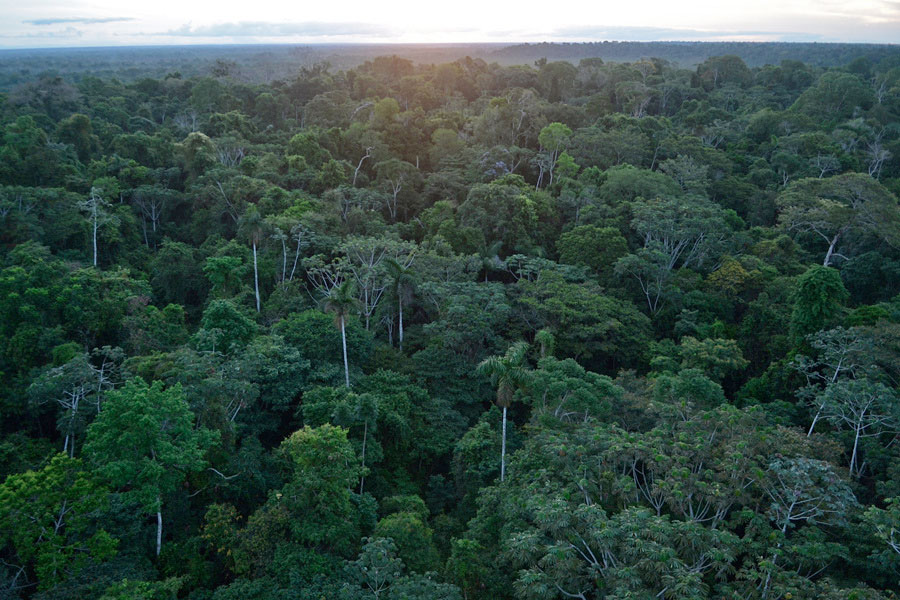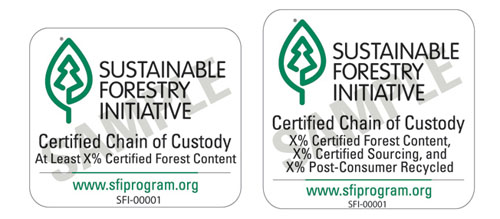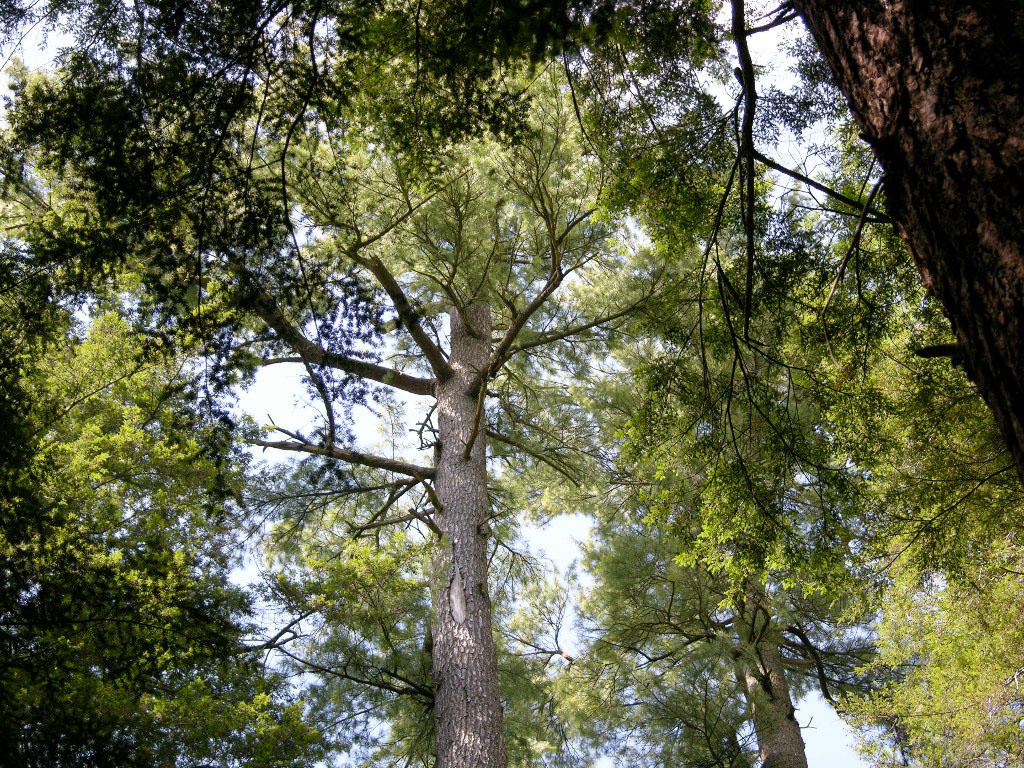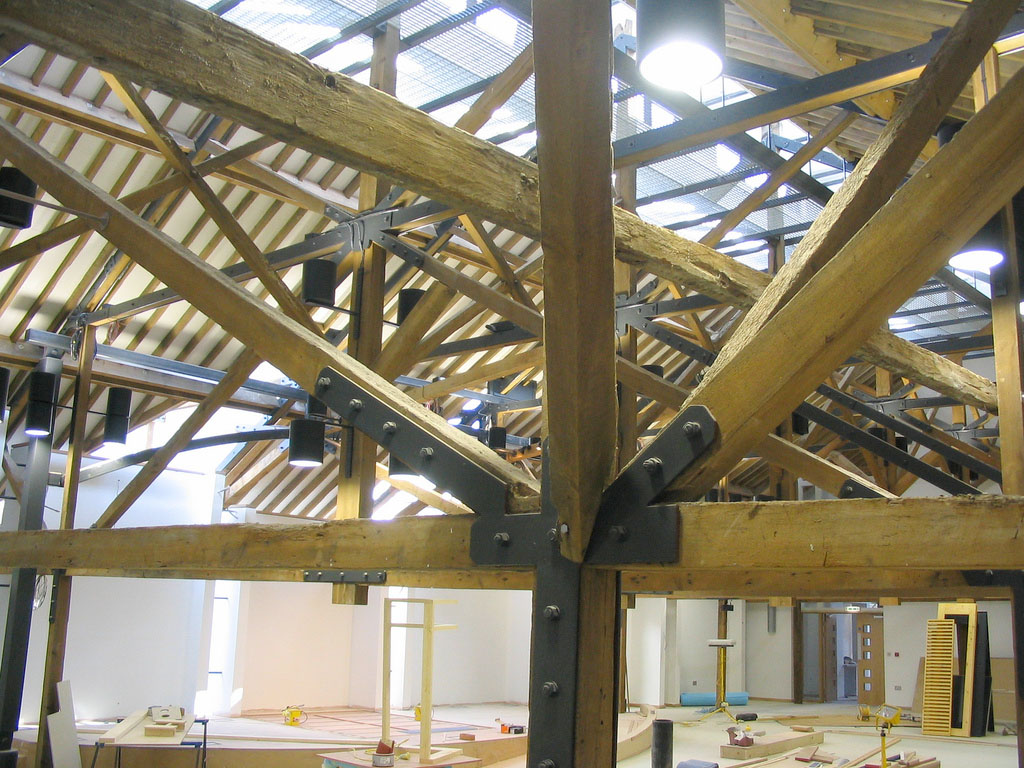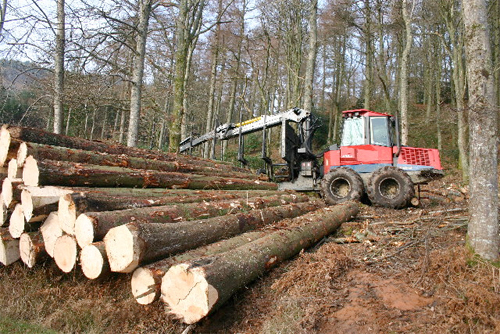The United States has joined Norway and the United Kingdom to pledge a combined $280 million toward sustainable forestry in an effort to slow the effects of climate change. The initiative, managed by the BioCarbon Fund, will establish environmentally friendly tracts of forest in a wide variety of regions around the world, and expand forest protection technologies and climate-smart agriculture.
Announced during an event at the United Nations climate summit in Warsaw, the new initiative comes just after a report revealed that our planet has lost an area the size of Western Europe to deforestation over the last decade. That’s not just a problem for wildlife and the communities in which the forests are lost; deforestation speeds up climate change.
One of the crucial components of a climate-friendly sustainable forestry system is establishing new markets for timber. That’s part of the effort that will take place in Oromia, a region that contains 60 percent of Ethiopia’s forests. As demand for sustainable forest products increases, incentives to manage forests responsibly do, too.
“The fate of the climate, forests, and agriculture are bound together. If agriculture and land-use change continue to produce up to 30 percent of global greenhouse gases, it will mean further disaster and disruption from climate change”, said Rachel Kyte, the World Bank’s vice president of sustainable development. “That’s why the new BioCarbon Fund Initiative for Sustainable Forest Landscapes it so important. Its grants and results-based financing aim to reduce greenhouse gas emissions from the land sector, through REDD+, climate-smart agriculture practices and land-use planning.”
Image: Geoff Gallice

